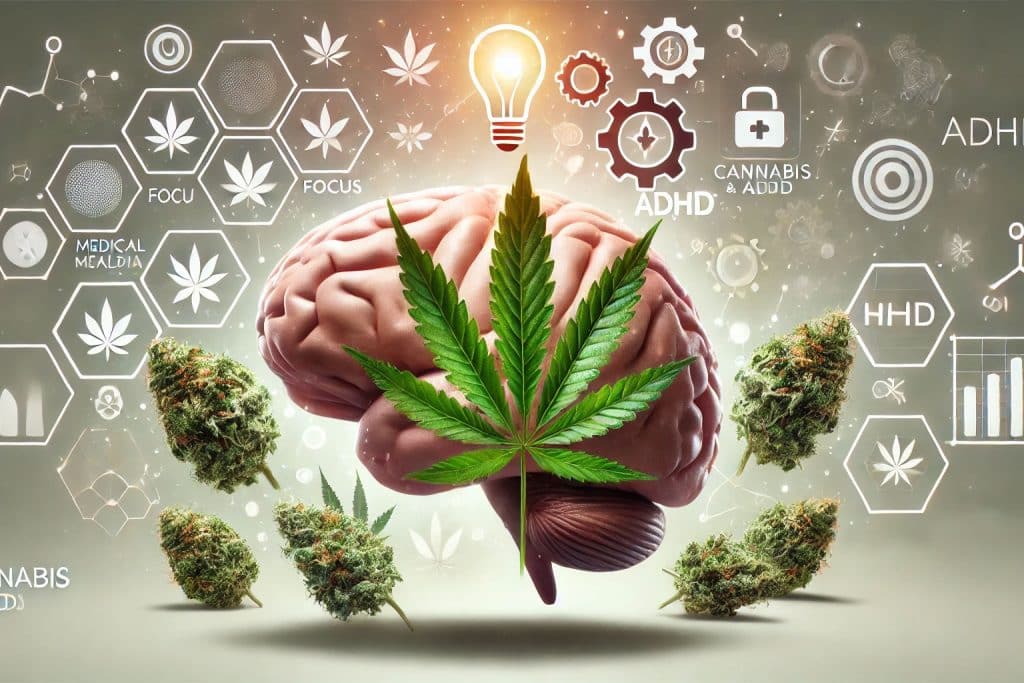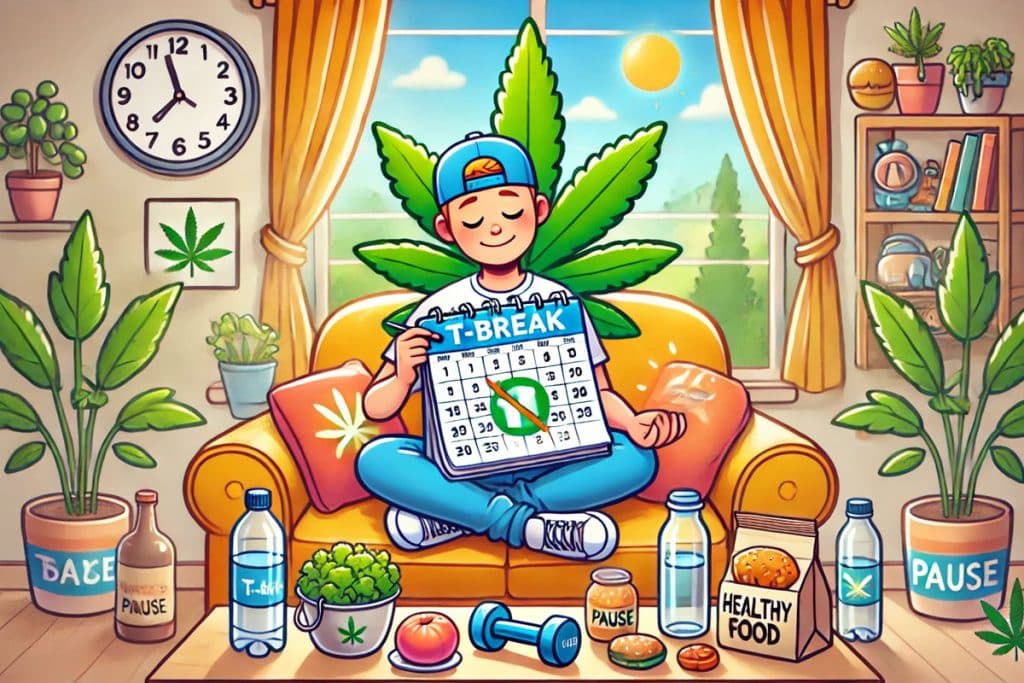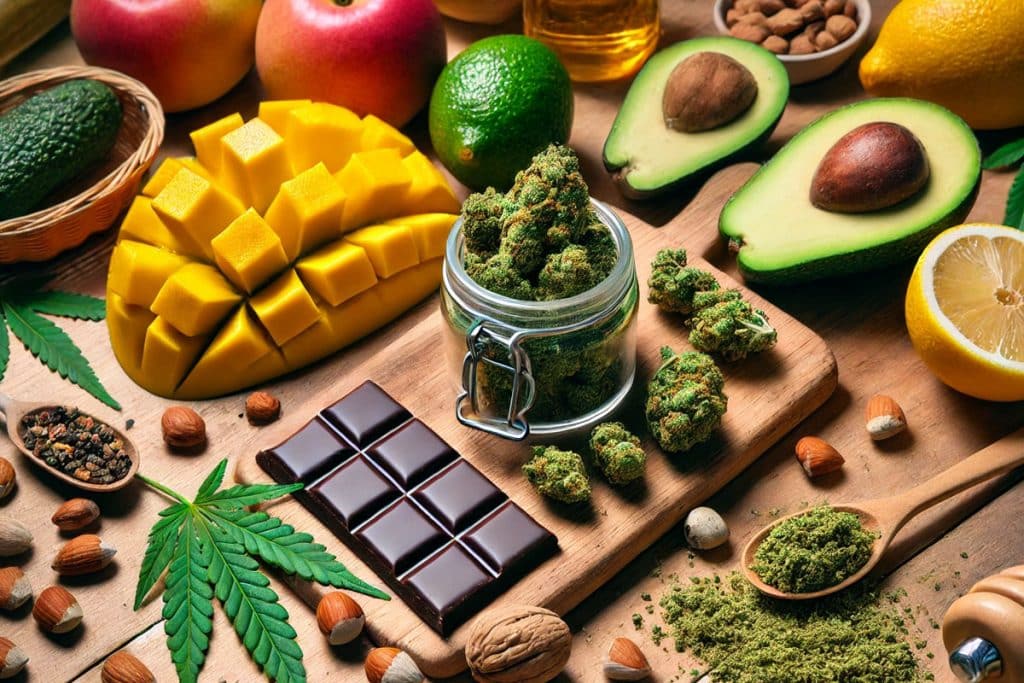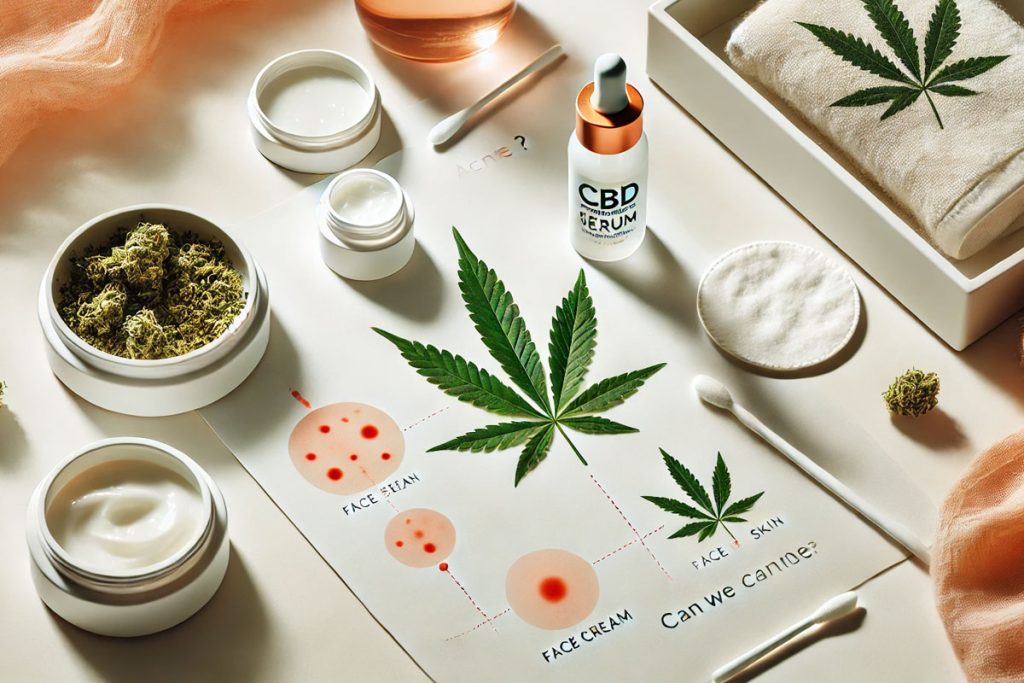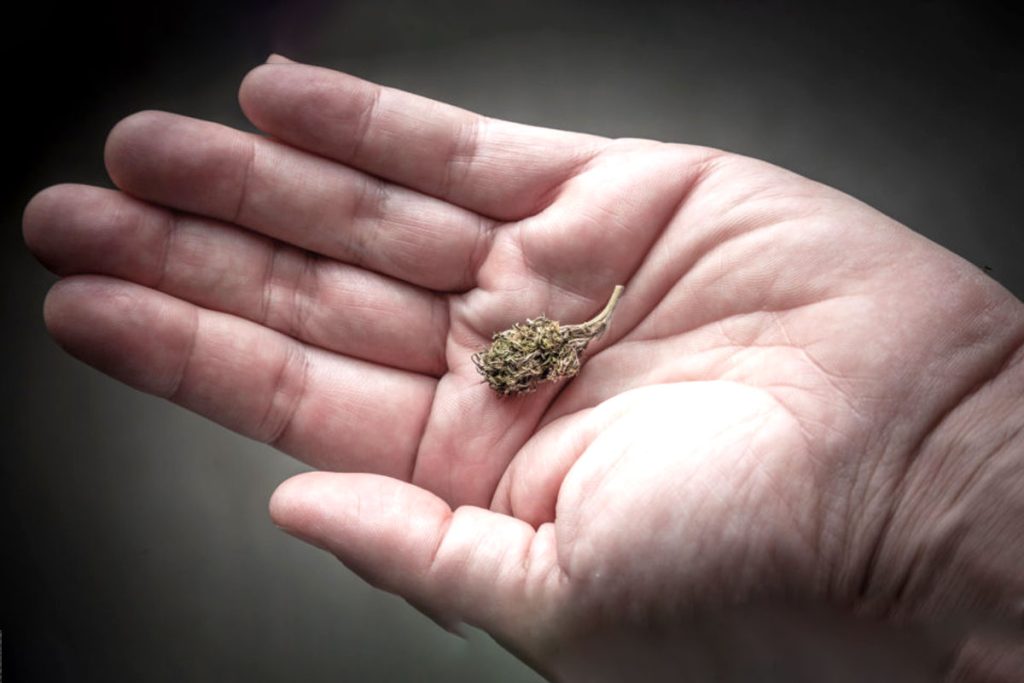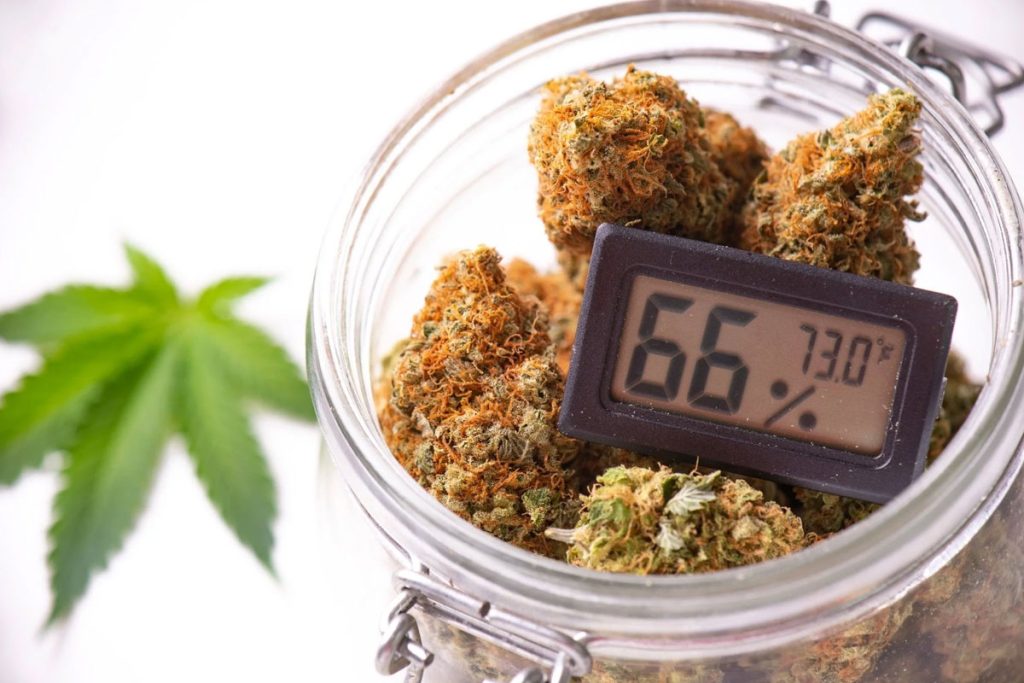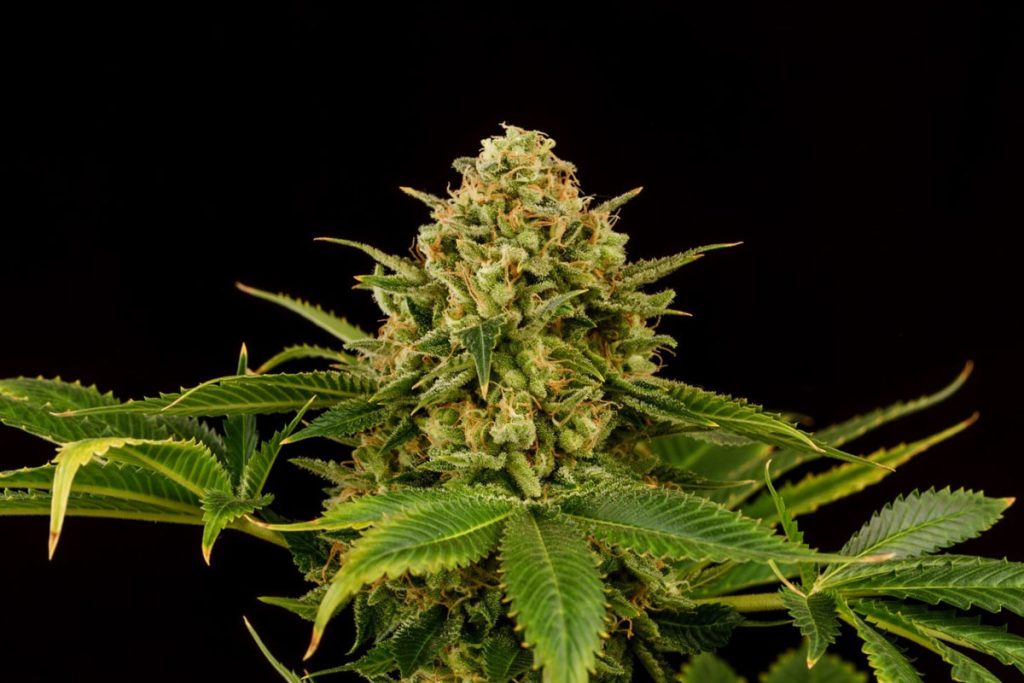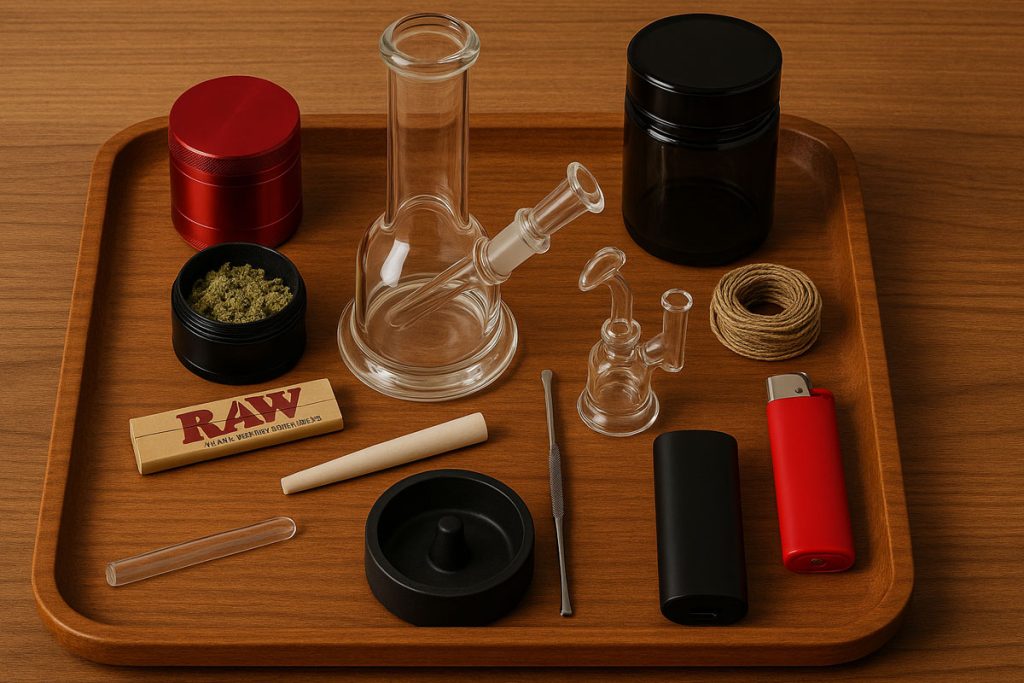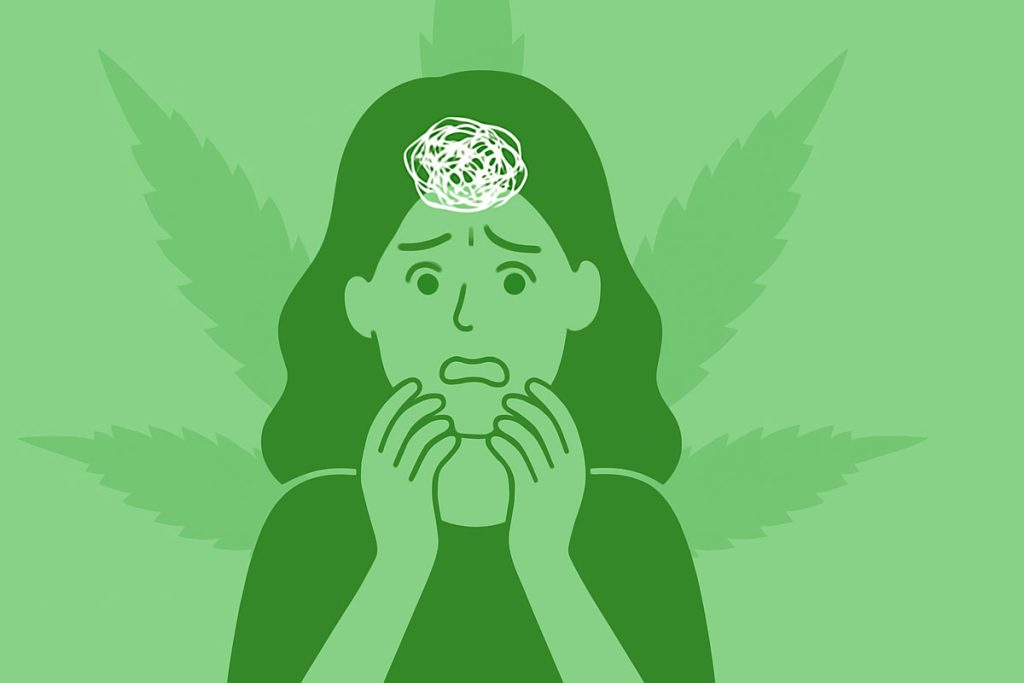Teens and Cannabis: A Clear, Honest Guide for Families
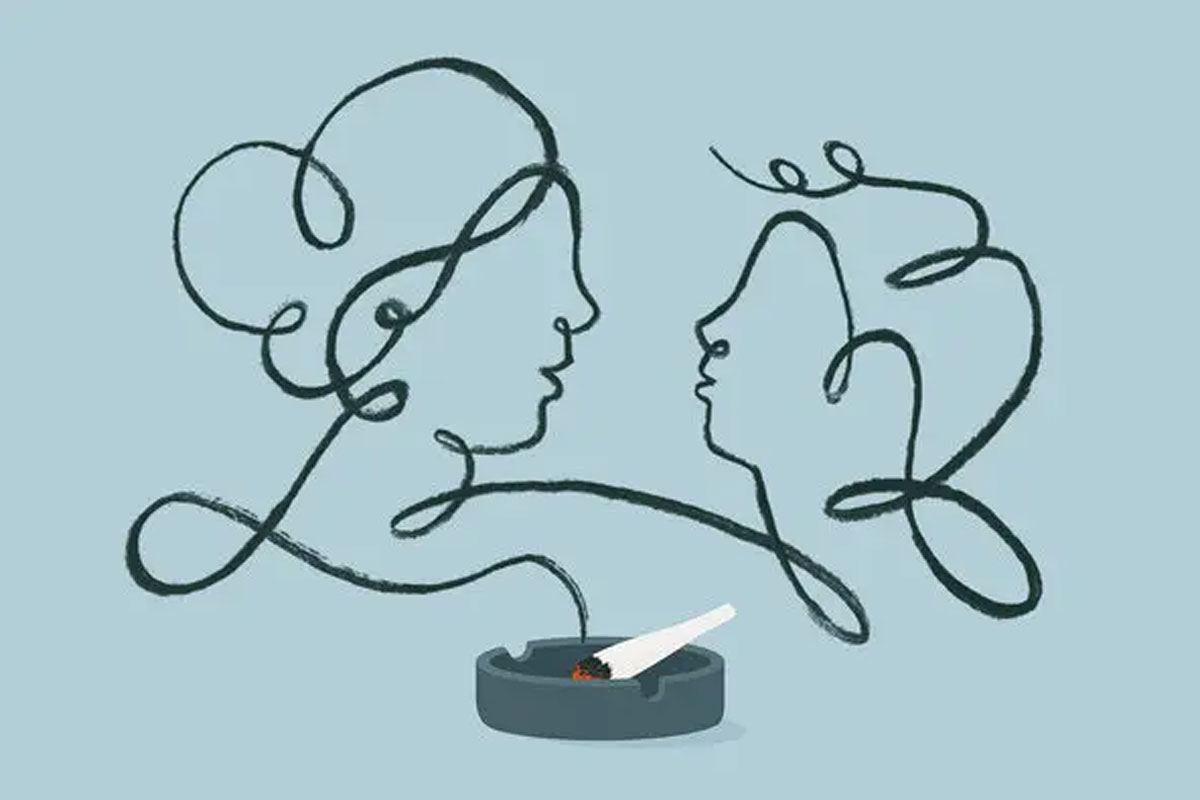
No one dreads candid conversations with kids more than parents — and no one else has as much reason to spin a convenient fib. You might deny it, but let’s be honest: one of parenting’s quiet “tools” is the noble lie — sacrificing accuracy for the sake of keeping the peace. Maybe you don’t have the answer. Maybe you’d rather avoid the question. Maybe it’s 9 p.m. on a Tuesday, the kitchen’s still a mess, and your four-year-old is demanding a bedtime lecture on life’s great mysteries. So you take the shortcut and make something up. These small victories feel like wins in the moment, but they rarely hold up over time.
Teens and Cannabis Use is a growing concern for parents, educators, and health professionals. With the legalization of recreational marijuana in many parts of North America, teens are exposed to more information — and misinformation — than ever before. Whether your goal is to prevent early cannabis use, reduce potential risks, or simply keep communication open, knowing how to talk about your teens and cannabis is essential.
The same applies when it comes to talking to kids about cannabis. Today, tens of millions of American adults have legal access to recreational marijuana — often keeping it in homes shared with children. Add to that the growing acceptance (and solid evidence) of medical cannabis for certain childhood conditions, and it’s clear: honesty isn’t optional — it’s essential.
In this guide, we’ll explore about Teens and Cannabis, why these conversations matter, what science says about cannabis and adolescent brain development, and practical ways to approach the topic so you can foster honesty, trust, and informed decision-making.
Teens and Cannabis: Why Talking to Teens About Cannabis Matters
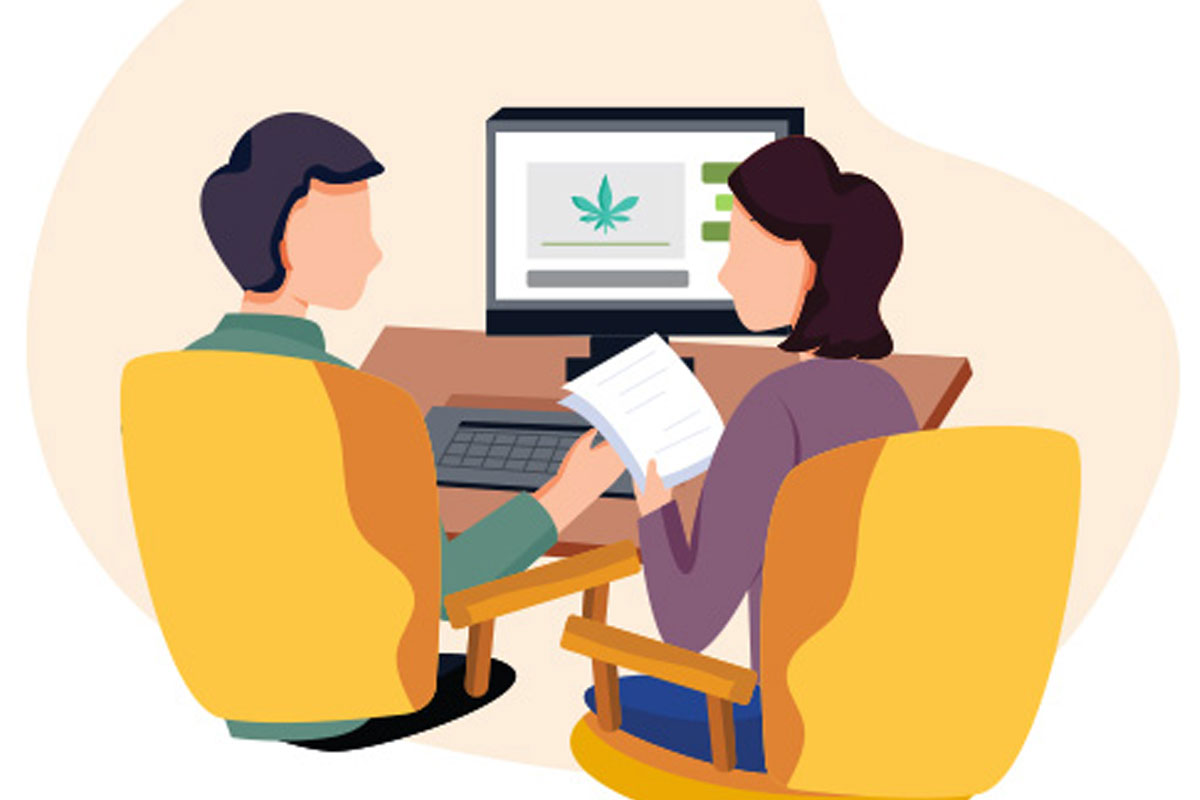
Key reasons to talk to your teen about cannabis:
- Brain Development – The human brain continues to develop until around age 25, and cannabis use during adolescence can impact memory, attention, and learning.
- Legal Consequences – Even in legal states, cannabis possession or use is often prohibited for those under 18 or 21, depending on the jurisdiction.
- Peer Pressure – Friends, social media, and pop culture can all influence a teen’s perception of cannabis.
- Health Risks – Heavy or frequent cannabis use in adolescence is linked to increased risks of anxiety, depression, and other mental health issues.
Teens and Cannabis: Understanding Cannabis and What Teens Need to Know
If you’re over 30, it’s worth admitting you may have been shaped by decades of anti-cannabis propaganda — passed down by parents, teachers, and other authority figures who were, frankly, wrong. The golden rule here is simple: tell the truth. That’s the advice of Elizabeth D’Amico, a clinical psychologist, RAND Corporation researcher, and lead author of Planting the Seeds of Marijuana Use, a study examining how medical marijuana advertising impacts young people. Her takeaway? Before you talk to kids, make sure you’ve got the facts straight for yourself.
D’Amico’s research found that constant exposure to billboards and ads gives kids the impression cannabis is safe and beneficial. And while there’s nuance, the data supports that cannabis is generally less harmful than alcohol or tobacco — as confirmed by a 2015 Scientific Reports study drawing on decades of evidence.
Before you talk to your teens and cannabis, it helps to understand the facts yourself. Cannabis isn’t inherently “evil” or “good” — it’s a plant with complex effects on the body and mind.
Cannabis contains over 100 cannabinoids, but the two most well-known are:
- THC (Tetrahydrocannabinol) – The psychoactive compound that produces a “high.”
- CBD (Cannabidiol) – A non-intoxicating compound often used for pain, anxiety, or seizure management.
Short-term effects of cannabis:
- Altered perception of time and space
- Euphoria or relaxation
- Increased appetite
- Impaired memory and coordination
Potential long-term risks for teens:
- Reduced academic performance
- Difficulty with motivation
- Changes in brain structure and function
- Higher likelihood of developing a cannabis use disorder
Teens and Cannabis: When and How to Start the Conversation

Best practices for timing:
- Begin age-appropriate conversations in early adolescence (ages 11–13) before peer pressure begins.
- Use natural opportunities — a news story, a movie scene, or a social media post — to spark discussion.
- Avoid waiting until you suspect your teen is already using cannabis.
Tone and approach:
- Be calm and non-judgmental.
- Listen more than you speak.
- Avoid scare tactics; focus on facts and real-world consequences.
- Share your own experiences honestly, but frame them with what you’ve learned.
Teens and Cannabis: Key Talking Points for Parents
Here are conversation starters and facts you can weave into your discussions:
1. The Science of the Teenage Brain
Explain that cannabis affects the brain’s endocannabinoid system, which plays a role in mood, memory, and decision-making. Using cannabis while the brain is still developing can disrupt these processes.
Example:
“Your brain is like a construction site right now — everything’s still being built. Cannabis can mess with the wiring while it’s in progress, and that can have lasting effects.”
2. Different Forms of Cannabis
Teens often think only of smoking marijuana, but cannabis now comes in many forms:
- Flower (buds)
- Concentrates
- Edibles
- Vapes
- THC-infused drinks
Discuss how each method can vary in potency and risk — for example, edibles can take longer to feel and may cause accidental overconsumption.
3. Myths vs. Facts
Many teens hear “Cannabis is safer than alcohol” — which can be misleading. While cannabis has lower overdose potential, it still carries risks, especially for young people.
Myth: Cannabis isn’t addictive.
Fact: About 1 in 6 teens who use cannabis develop a cannabis use disorder.
Myth: It’s fine because it’s legal now.
Fact: Legalization for adults doesn’t mean it’s safe for teens.
4. Peer Influence and Decision-Making
Help your teen prepare for real-life situations:
- Role-play how to refuse cannabis without feeling awkward.
- Emphasize that they can use you as an excuse (“My parents will know”).
- Encourage friendships with peers who support healthy choices.
Keeping the Conversation Ongoing
One talk isn’t enough. Make cannabis discussions a recurring topic:
- Ask open-ended questions like, “What are people at school saying about cannabis?”
- Share articles or studies and ask for their thoughts.
- Check in regularly without making it an interrogation.
Tip: Avoid overreacting if your teen admits to trying cannabis. Use it as an opportunity to talk about their experience, feelings, and choices.
Addressing Medical Cannabis
Teens may hear about medical cannabis being used for epilepsy, chronic pain, or anxiety. Explain that medical use is different from recreational use and typically involves doctor supervision, specific dosing, and targeted purposes.
If someone in your household uses medical cannabis, be transparent about:
- Why it’s used
- How it’s stored safely away from children and teens
- The differences between medical necessity and casual use
Setting Boundaries and Expectations
Clear rules help teens understand your stance. Be specific:
- State that underage cannabis use isn’t allowed in your home.
- Explain consequences for breaking rules — but keep them fair and consistent.
- Focus on safety: If they ever feel unwell after using cannabis, they should call you without fear of punishment.
When to Seek Professional Help
If your teens and cannabis use becomes frequent, impacts school performance, or leads to mood or behavior changes, it may be time to seek help.
Signs to watch for:
- Declining grades
- Loss of interest in activities
- Secretive behavior
- Withdrawal from family and friends
Resources include:
- School counselors
- Family doctors
- Substance use treatment programs
Final Thoughts: Building Trust Through Honesty between Teens and Cannabis
The most effective conversations between teens and cannabis are built on trust, openness, and accurate information. You don’t need to be perfect or have all the answers — you just need to show you care and are willing to listen.
By educating yourself, keeping communication open, and setting clear expectations, you can help your teen navigate cannabis in a way that protects their health and future.
Here’s where things get tricky: telling your child “adults can use cannabis responsibly, but kids can’t” oversimplifies reality.
D’Amico told Westword, “Yes, there are medical benefits, but they’re benefits for adults. No medical benefits have been shown for adolescents.” It’s a statement many experts — and plenty of families — would challenge. Cannabis-derived medicines have helped children with epilepsy, autism, and other conditions. The human endocannabinoid system doesn’t magically appear at age 18; kids and adults alike share the same biology. Pretending otherwise ignores both research and real-world evidence.
This highlights the heart of the matter: you may not always know the right answer. When that happens, be honest about your uncertainty — then take the time to learn. It’s uncomfortable, but far better than repeating an outdated myth. Because when kids eventually discover the truth (and they usually do), trust is hard to rebuild.
So, have you had the talk with your Teens and Cannabis?



